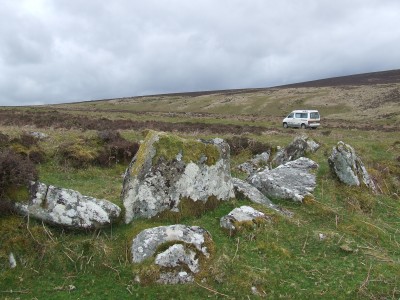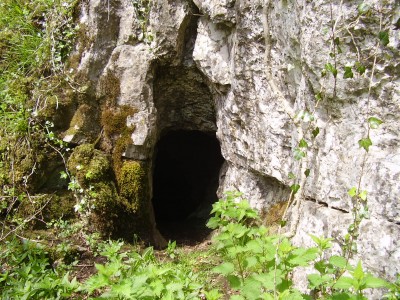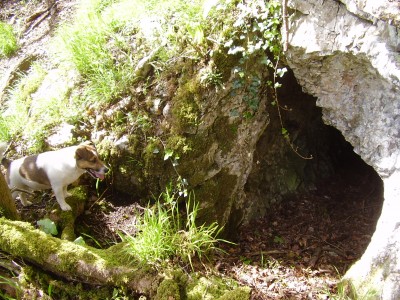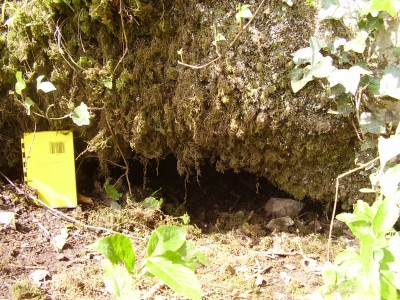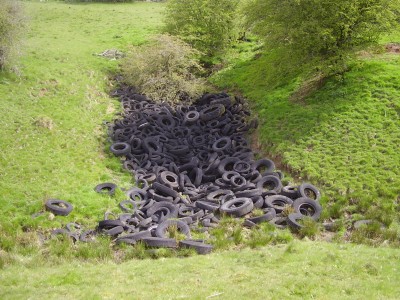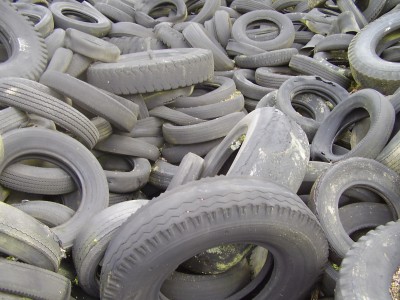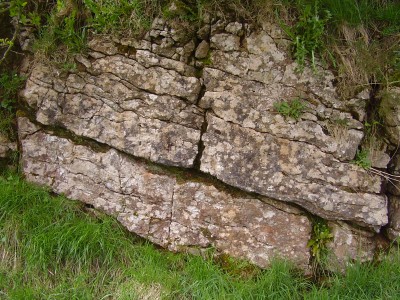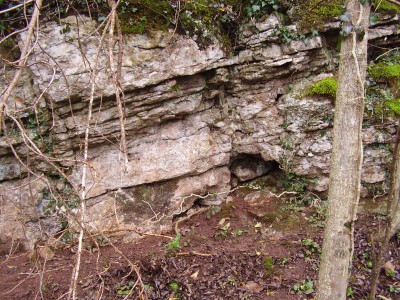Family trip to Morwellham Quay. The site was mainly developed during the 19th century because of the copper mining industry and the necessity to ship the ore to where the coal was in South Wales. It retains much of the history of that period even though some items that are displayed did not originate from the site, such as the overshot wheel pictured below.
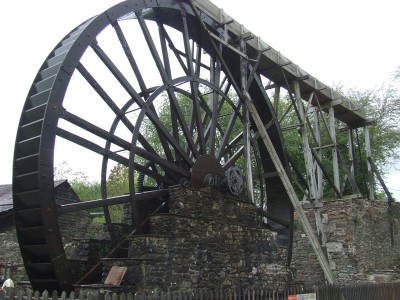
There are a number of interesting displays such as the Assayer’s Room (see below image) and plenty of re-enactments.
The site at Morwellham is the location where ‘Edwardian Farm’ was filmed and many of the sites are recognisable.

We also took a trip on the narrow gauge railway along the River Tamar and into the George and Charlotte Copper Mine. A conversation with Rick, the mine manager, revealed that he had visited Mendip on a number of occasions and had ventured underground to sites such as Stock’s House Shaft in the company of Tony ‘J’rat’ Jarratt, and had enjoyed the welcome of the BEC and the Hunter’s.
We travelled through Tavistock the town where I had been born and I tried my best to point out where the house we lived was once located. Nostalgia trip over we returned home over Dartmoor so that I could look at some of the settlement features seen in this remarkable landscape.
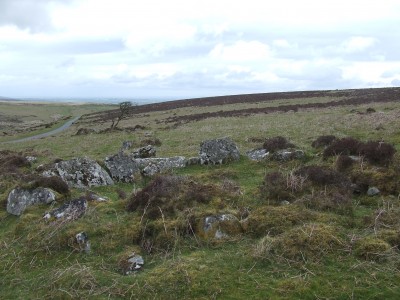
The settlement pictured above and below is found at East Bovey Head south of Challacombe Cross NGR SX 695/623 and comprises a number of hut circles and field systems.
